Class 1 Exam > Class 1 Notes > Worksheets with solutions for Class 1 > Worksheet: How Many Times? - 1
How Many Times? - 1 Class 1 Worksheet Maths
| Table of contents |

|
| Choose the equation that describes the group of objects |

|
| Complete the equation to describe the array |

|
| Fill in the blanks |

|
| Fill in the missing number |

|
Choose the equation that describes the group of objects
(i) How many cherries are there?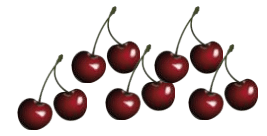 (a) 5 x 4 =
(a) 5 x 4 =
(b) 5 x 2 =
(c) 3 x 2 =
(c) 4 x 2 =
(ii) How many spider legs are there? ____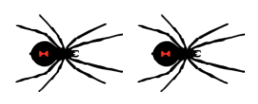 (a) 2 x 4 =
(a) 2 x 4 =
(b) 2 x 8 =
(c) 2 x 6 =
(d) 4 x 8 =
(iii) How many penguins are there?
 (a) 9 x 3 =
(a) 9 x 3 =
(b) 6 x 3 =
(c) 3 x 9 =
(d) 3 x 3 =
(iv) How many roses are there? (a) 5 x 7 =
(a) 5 x 7 =
(b) 4 x 2 =
(c) 2 x 7 =
(d) 2 x 5 =
Complete the equation to describe the array
(i)
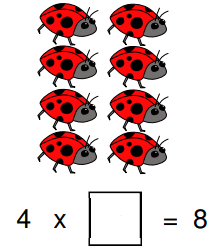 (ii)
(ii)
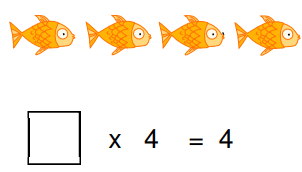 (iii)
(iii)
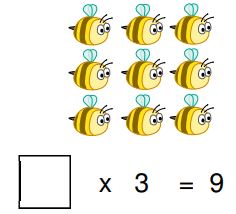 (iv)
(iv)
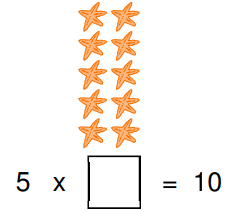 (v)
(v)
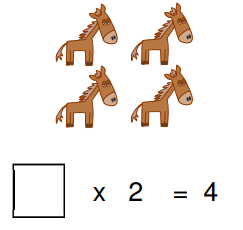 (vi)
(vi)
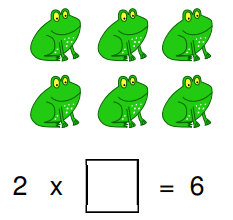
Fill in the blanks
(i)
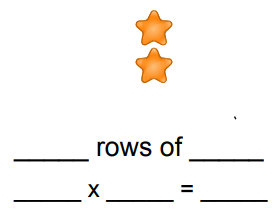 (ii)
(ii)
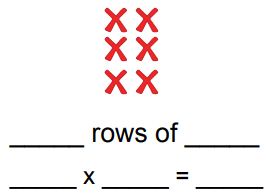 (iii)
(iii)
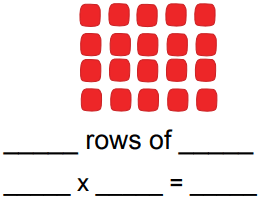 (iv)
(iv)
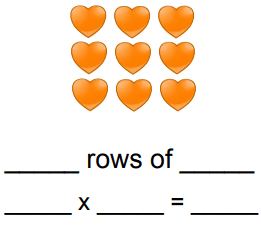 (v)
(v)
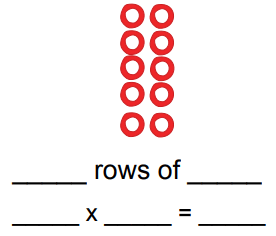
Fill in the missing number
(i) _____ × 5 = 5
(ii) 2 × 5 = _____
(iii) 8 × _____ = 40
(iv) _____ × 5 = 30
(v) 3 × _____ = 15
(vi) 7 × _____ = 35
(vii) 4 × 5 = _____
(viii) 5 × _____ = 25
(ix) 9 × _____ = 45
(x) 5 × _____ = 25
You can access the solutions to this worksheet here.
The document How Many Times? - 1 Class 1 Worksheet Maths is a part of the Class 1 Course Worksheets with solutions for Class 1.
All you need of Class 1 at this link: Class 1
FAQs on How Many Times? - 1 Class 1 Worksheet Maths
| 1. What is the purpose of the "How Many Times?" worksheet? |  |
Ans. The "How Many Times?" worksheet is designed to help students practice and understand the concept of arrays and multiplication by visually representing groups of objects and counting them.
| 2. How can I effectively teach my child to use the array method for multiplication? |  |
Ans. To teach your child the array method, start by showing them how to organize objects into rows and columns. Use physical objects like blocks or counters to create an array, then guide them to count the total by multiplying the number of rows by the number of columns.
| 3. What types of problems can be found on the "How Many Times?" worksheet? |  |
Ans. The worksheet typically includes problems that require students to create arrays based on given numbers, solve multiplication problems represented by these arrays, and interpret the results to understand the relationship between addition and multiplication.
| 4. How can arrays help in understanding multiplication better? |  |
Ans. Arrays help in understanding multiplication by visualizing the concept as groups of equal size. This representation makes it easier for students to see how multiplication is essentially repeated addition, enhancing their comprehension of the operation.
| 5. Are there any tips for students struggling with arrays and multiplication? |  |
Ans. Students struggling with arrays can benefit from hands-on practice with physical objects, drawing arrays on paper, or using visual aids. Encouraging them to relate arrays to real-life scenarios, such as arranging items on a shelf, can also improve their understanding.
Related Searches





















